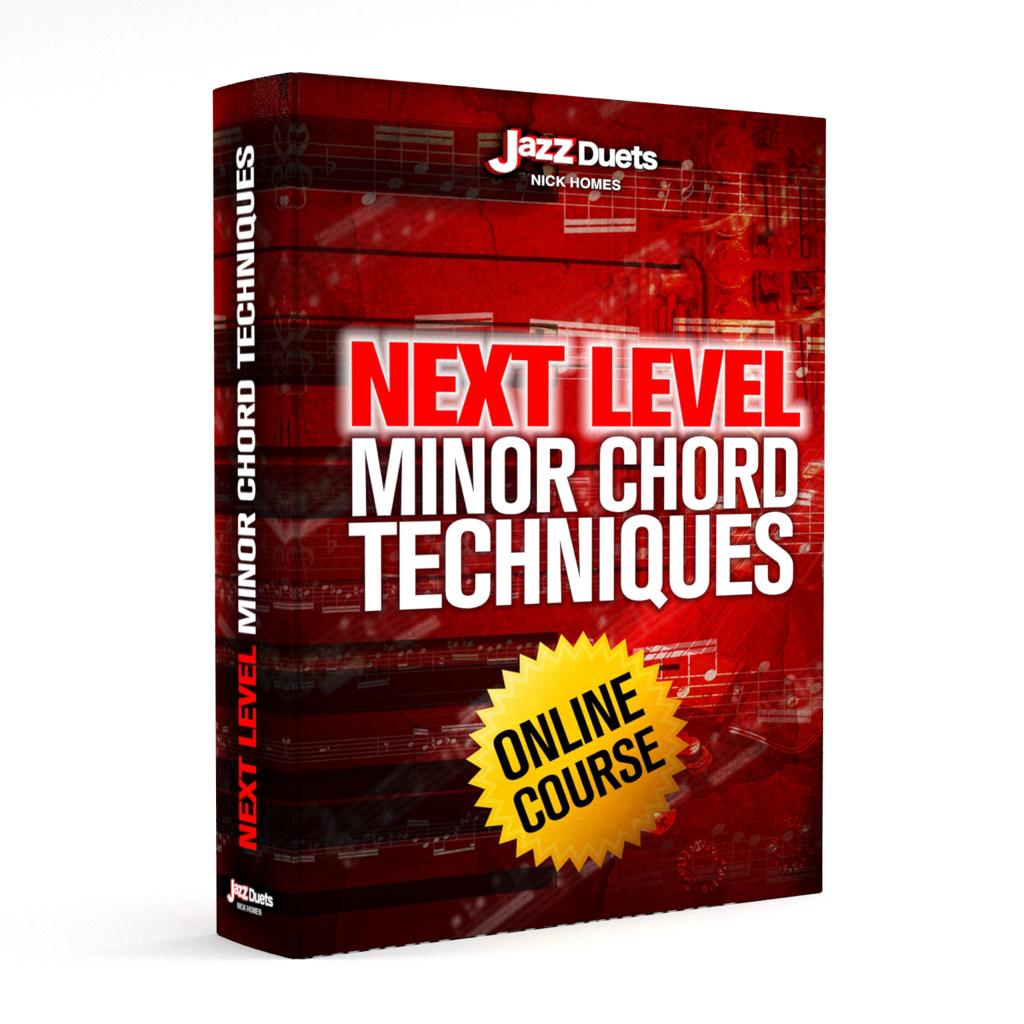11 of the most Important Blues progressions heard in thousands of Jazz/Blues classics presented in a clear logical order. I have written a solo to accompany each progression with bring the sounds out of the changing Harmony that feature lines from the following great artists of Jazz: Charlie Parker, Duke Ellington, Louis Armstrong, John Coltrane, Stan Getz, Sidney Bechet, Pat Metheny, Dizzy Gillespie + Miles Davis.
Transcript
Hi. In this video we are going to look and listen to these 10 blues progressions that are essential to know and love from the basic three-chord blues to the 17 chords Jazz feast. Each consecutive course we are going to be adding new choice chords that have been featured in thousands of famous blue songs. to accompany each of the different ten-plus blues progressions. I have written a solo that will highlight the colors of the Trojan chords. Disclaimer, I have unashamedly paid homage to the greats here in the solos by referencing their language thanks to Byrd, Duke, Louis train, Stan, Pat, Sidney, dizzy, and miles. Sorry if I forgot anyone. By the way, all the following examples are in F concept. Thanks for watching
blues one.
Let's call this the basic blues as just three chords. I used one, four and five. Don't let the label basic fool you. Three chords have been enough harmony for pop classics like rock around the clock, mango Jerry's in the summertime, black and white, and can't buy me Love.
here then is the basic blues with my solo added a one-two, three
blues to add chords four seven Inbar two :this adds a little movement to the proceedings.
A one, two, three, four blues,
three add into the mix, a diminish. This unstable cord adds color and connects chord four back to chord one. Listen for shop for diminished Seventh back to one explanation in the PDF.
Uh, one, two, three, four
blues for this time instead of the diminished chord, a wistful for money chord has been inserted in bar six to guide the four chord. Back to chord one and at the same time adding in melancholy to the moment. Listen,four four minor [inaudible]a one, two, three[inaudible] [inaudible]Blue's five. Now we are going to add in a jazz to five in BAAs nine and 10 and proceed this by chord. Six, seven the secondary dominant of the court to again more about this in the PDF. A one two, three, four[inaudible]blues six we now add some motion and jazz color. Two bars, seven and eight. Listen,one four seven three minus seven two six sevenuh, one two, three, four.[inaudible][inaudible], [inaudible]blues seven. This variation is similar to the previous one here at BAAs seven and eight we have F to Gminus seven, a minus seven to a flat minus seven and at the endthere is a turnaround.F, D seven G minus seven to C sevenOh one two three four[inaudible]Blue's eight yet another variation in bars seven and eight this time, some chromatic code movement,F seven E seven E flat seven D seven to G minus seven.Also at the end, at the turnaround, there are some tritone substitutions. F sevena flat seven G seven G flat, seven to F seven more infoPDF, a one, two, three, four[inaudible]Blue's nine. This can be called a major blues as a first chord is more of a major seven than eight dominant. Johnny Parker used this sound in such tunes as bird feathers and Oprah [inaudible] in the second bar. The bluesy four seven chord is replaced with a jazzier to five uh, one two three four[inaudible]blues 10 is called the descending blues as the chords from bars five to eight descend chromaticallyB flat seven B flat minus eight minus seven, a flat minus seven to G minus sevenas well. The chords now at the beginning back cycle from code four in bar five more about this in a PDF, a one two three blues 11 I call this a cycle blues as the courts follow this cycle of fifths or fourths, however you like to call it,seven B flat seven E flat seven a flat seven D flat seven down to C seven. This sequence was featured in Coltrane's, some other blues, a one two, three. I hope you enjoyed the video. The supporting PDF is available at the gesture at store, which includes the detailed Bob by bar analysis of each blue scene heard in his video plus the two hand piano voicings of the courts. Also the 10 solos that were demonstrated here for C, B flat and E flat instruments.










